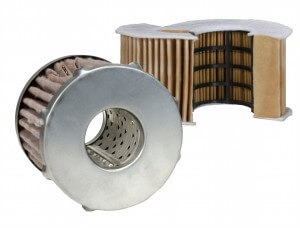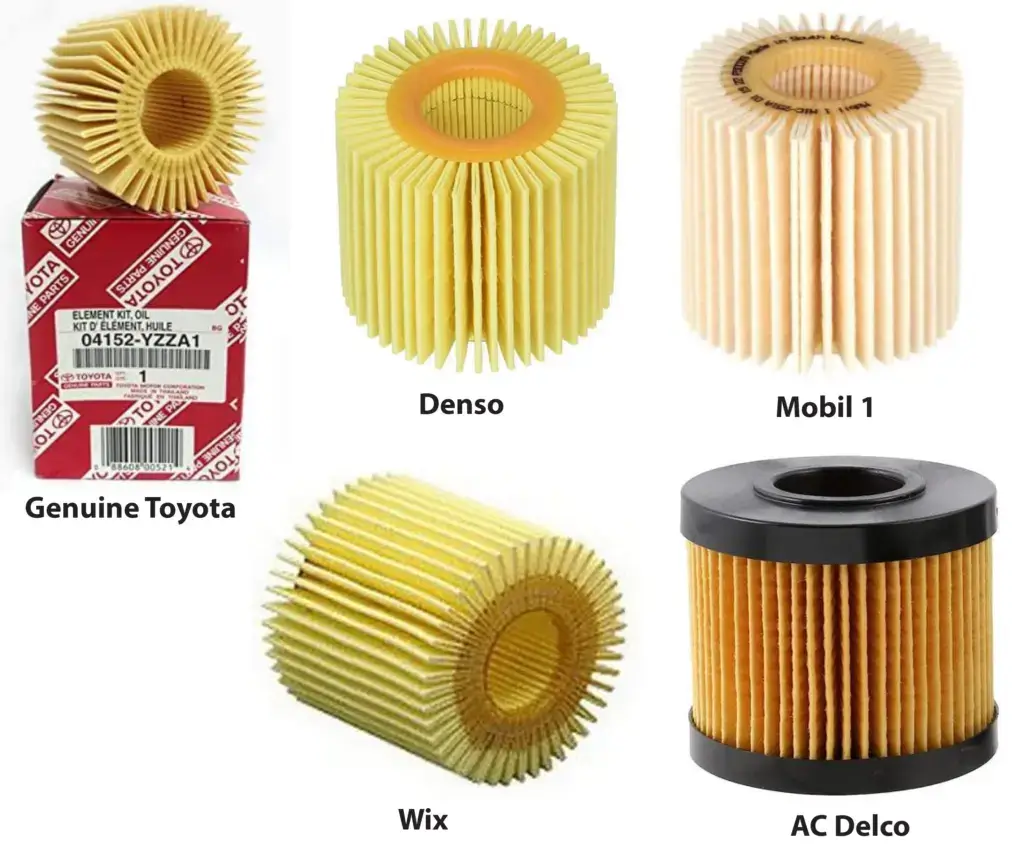Fram oil filters
Fram oil filters — what you should know
Fram gets an undeserved bad rap
There are lots of Internet oil filter “tear down studies” on the Internet and Youtube. Most of them down rate Fram oil filters. But not a single one of those studies is based on actual testing. They’re just visual observations which have no bearing on how the filters actually perform.
Does pleat count have any bearing on a filter’s performance?
Pleat count is totally irrelevant to oil filter efficiency or quality. There are over 80 different  types of filter media in use today and a smaller filter with fewer pleats can easily out-filter a less efficient filter made from less efficient filtering media.
types of filter media in use today and a smaller filter with fewer pleats can easily out-filter a less efficient filter made from less efficient filtering media.
Does end-cap material choice have any effect on an oil filter’s performance?
Fram gets roasted because their low end filter use resin-impregnated end caps. But end cap material is irrelevant when judging a filter’s ability to filter oil.
What exactly is the job of the end cap?
The sole purpose of the end cap is to prevent oil from flowing around the ends of the pleats and back into the engine without being filtered. That’s it—ends caps have no other job.
Forty years ago, most filter manufacturers constructed their spin-on oil filters using resin impregnated fiber board. It’s less costly than metal and bonds easier to the filter media. In fact, it bonds better than a metal end cap!
In the case of Fram’s 3,000-miles filter, Fram has chosen to stick with the fiberboard end caps. They apply a heat activated glue to bond the pleats to resin-impregnated fiberboard end cap.The glue works, the fiberboard isn’t porous and the oil can’t make an end run around the pleat ends, there’s no harm, no foul.
What has changed to make end caps such a big deal?
Marketing. That’s what’s changed
Some filter manufacturers started using metal end caps and advertised that fact as a way to make the consumer think that metal is better. But really, it’s much harder to bond filter material to metal than to resin impregnated fiberboard. The manufacturer fills the metal trough with hot-melt adhesive and then pushes the end pleats into the hot glue. Does that hold the pleats any better than the fiberboard caps? Nope.
Quite the contrary.
Let’s look at these filters for the Toyota 4-cylinder engine. These engines don’t use spin-on filters. They use cartridge filters. See any end caps?
In other words, judging a filter based on end cap material is a red herring because it has no relationship to the filter’s actual performance.
Particulate capacity isn’t as important as you think
Some filter companies rate their filters based on the number of grams of particulate matter they capture. Unfortunately, that’s just one aspect of proper oil filtration. If you compare brands based on just on particulate matter capacity, you’re missing the bigger picture.
Just as important as the particulate capacity is the filter media’s ability to filter out oil breakdown contaminates, sludge and acids. That’s why so many filter manufacturers have turned to a blend of cellulose and synthetic glass fibers. It does a much better job of capturing sludge and standing up to acid.
Bypass valve construction is important, but keep it relevant to the filter’s projected use
The choice of the bypass valve material is important. There are two materials used to construct the valve; nitrile or silicone. Filter price and oil change intervals determines which material the manufacturer uses.
Economy filters that are built for 3,000 mile oil changes usually use a nitrile bypass valve. However, since nitrile is less resistant to heat and acid, it can harden and crack after 3,000 miles. Silicone remains flexible for the longer oil change intervals used with synthetic oil.
If you are doing 3,000 mile oil changes, the nitrile check valves will work just fine. If you’re doing extended oil change intervals, you shouldn’t be installing an economy filter rated for 3,000 miles.
End plate thickness — give me a break!
Many of the tear-down testers berate Fram for using thinner metal in their end plates (also called a tapping plate). End plate thickness is irrelevant. The thickness of the plate, the number of holes, and size of the holes is completely meaningless to filtration performance.
The only fact that’s relevant is whether the total area of the intake holes equals the total area of the drain hole. More holes or larger holes doesn’t improve performance at all. And, as long as the end plate is sturdy enough to hold the filter onto the mounting boss, it’s good enough. More is not better
Oil filter can design is also irrelevant
Some filters are made from thicker metal, but that’s just because they include a welded-on hex nut for removal. The purpose of the hex nut is for quicker oil filter changes when the vehicle is used for off roading. Period. As long as the can withstands normal oil pressure, thicker is not better.
So which is the best oil filter brand?
Fram gets a bad rap from make-believe reviewers. But if all the claims were true, we’d be seeing class action lawsuits every day. The truth is, Fram isn’t owned by either Allied Signal or Honeywell. They’re now owned by First Brands LLC which also owns filter manufacturer Champion Labs.
First Brands and Fram and Champion Labs are Tier 1 suppliers to major carmakers
Fram makes more oil and air filters than almost any other filter manufacturer in the world. In fact, many of the “best” oil filters in the bogus tear-down studies are actually manufactured by Fram or Champion Labs.
Most filter manufacturers make several quality levels of oil filters; one for the price conscious crowd and one for engines rated for extended oil changes. The high end filters from all filter manufacturers are built to go the distance. If you buy the high end filter from Bosch, Purolator, Fram, Wix, Hastings, and Mann, you’re getting a great filter. All the other brands, to the best of my knowledge are made by these same companies.
For a more detailed rebuttal of those oil filter studies, read this post
NOTE: I do not work for Fram and have absolutely no affiliation with Fram or any other filter manufacturer. I have no horse in this race.
Posted on by Rick Muscoplat
